Where is Eritrea?
About Eritrea
The Land
The People
Life and Death
Health, Energy and the Environment
Education and Work
Travel, Communication and the Media






Back to the Flags of Africa page

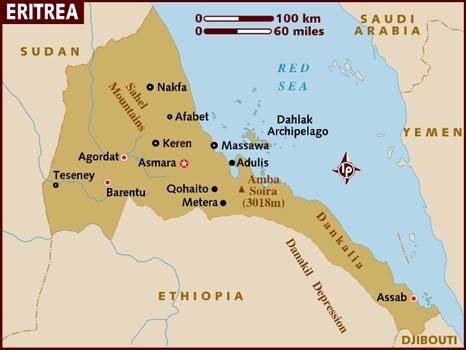


Eritrea is an above average sized country in north east Africa with many islands in the Red Sea.
Eritrea borders the Red Sea.
The land is a mixture of highlands and coastal plains.
The geographical coordinates for the centre of Eritrea, also known as lines of latitude and longitude, are:-
Latitude - 15 00N
Longitude -39 00E
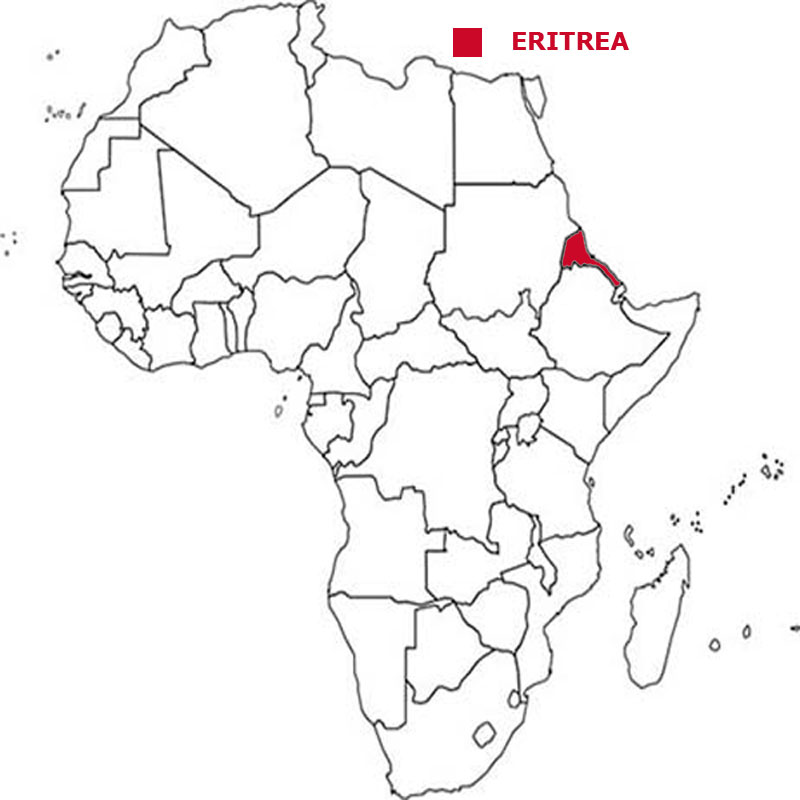

Check the weather in Asmara now.
This is the time in Asmara now
 The Eritrean flag is a red isosceles triangle, based on the flagpole side, with two right angle triangles filling the remaining space. The upper triangle is green,
the lower one is blue. A gold wreath encircling a gold olive branch is centred on the flagpole side of the red triangle. Green represents the country's agriculture,
red the blood shed in the fight for freedom and blue is for the bounty of the sea.
The Eritrean flag is a red isosceles triangle, based on the flagpole side, with two right angle triangles filling the remaining space. The upper triangle is green,
the lower one is blue. A gold wreath encircling a gold olive branch is centred on the flagpole side of the red triangle. Green represents the country's agriculture,
red the blood shed in the fight for freedom and blue is for the bounty of the sea.
Eritrea is a presidential republic with a president as head of state and head of the government.
In elections everyone over the age of 18 can vote.
The currency in Eritrea is the nakfa.
Tigrinya, Arabic and English are the official languages.
Hear the National Anthem
These are the anthem words
We have already written our own history of England but are asking schools in Eritrea to provide us with a detailed history of
their own country. Check how here.
![]()
![]() Back to the top
Back to the top

The total land area of Eritrea is 101,000 sq kms which is the 38th largest in Africa.
Eritrea has lakes, rivers and canals which total 16,600 sq kms.
Eritrea has boundaries with 3 countries
- Ethiopia 1,033 kms
- Sudan 682 kms
- Djibouti 125 kms
Eritrea has a coastline of 2,234 kms, including its islands, which is the 6th longest in Africa.
The highest point in Eritrea is Soira at 3,018 metres.
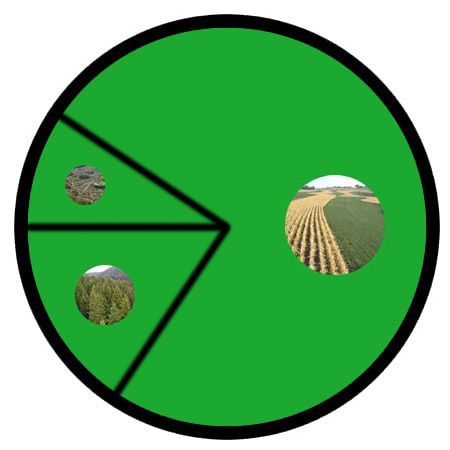

The total population of Eritrea is 5.97 million people, making it the 36th largest country in Africa by population.
Of this number 3.04 million are females and 2.93 million are males.
A person from Eritrea is called an Eritrean.
To be a citizen of Eritrea, one of your parents must be a citizen of Eritrea. It is not sufficient to be born in Eritrea. You have to live in Eritrea for
20 years before you can begin to apply for citizenship.
The largest five cities in Eritrea, by population are:-
- Asmara 563,930 people
- Keren 74,800
- Massawa 23,100
- Assab 21,300
- Mendefera 17,781
 Each little Owlbut is 1 person and
the big yellow rectangle is 1 sq km. After a while you can compare countries and see which ones are the most crowded. Remember it is only an average as
more people live closer together in towns and cities than in villages out in the country.
Each little Owlbut is 1 person and
the big yellow rectangle is 1 sq km. After a while you can compare countries and see which ones are the most crowded. Remember it is only an average as
more people live closer together in towns and cities than in villages out in the country.
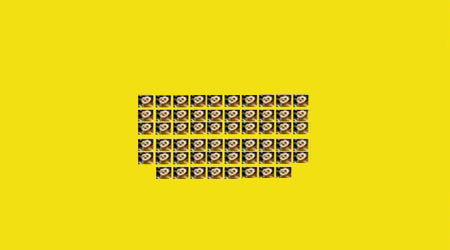
40.1% of the people live in cities or towns.

The birth rate in Eritrea is 29.1 births per 1,000 of population
The death rate in Eritrea is 7.1 deaths per 1,000 people.
Check this against the birth rate. If the death rate is higher than the birth rate then
the population will decrease unless immigrants arrive in the country.
There are 37.3 deaths of girls under 1 year per 1,000 of births and 51.4 deaths of boys.
The median age for females is 20.4 and for males is 19.4. The median age is that age which divides the population exactly in half so there are the same number
of people above the median age as below it.
The average age of a woman when she has her first child is 21.3.
The elderly dependency ratio is 6.8. This is the number of elderly people (ages 65+) per 100 people of working age (ages 15-64).
The potential support ratio is 14.8. This is the number of working-age people (ages 15-64) per one elderly person (ages 65+). As a population ages, the potential support ratio tends to fall, meaning there are fewer potential workers to support the elderly.
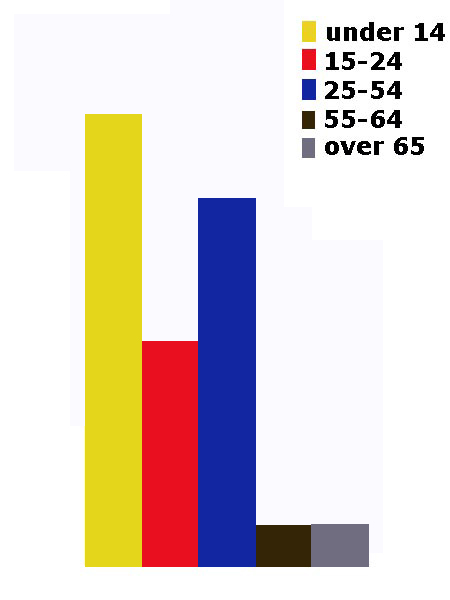
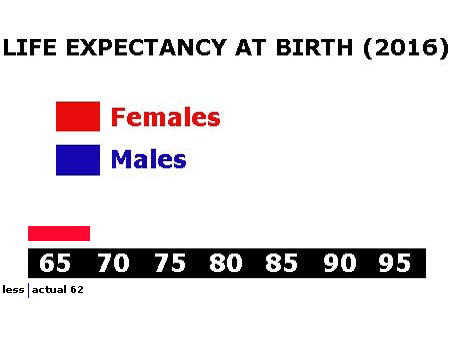

Eritrea spends 3.3% of its total income on health care.
There are no figures for the number of doctors per 1,000 people.
There are 0.7 hospital beds per 1,000 people.
5.0% of the population are estimated as obese.
73.2% of the urban population and 53.3% of the rural population have drinking water that is either piped into their home or they have access to a public tap, a protected borehole, well, spring or
protected rainwater collection facility.
44.5% of the urban population and 7.3% of the rural population have access to a flushing toilet that is connected to a sewer, a pit latrine (that is a
permanent hole in the ground that is looked after) or a composting toilet.
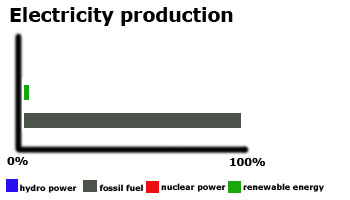
Eritrea releases 0.8 million metric tons of carbon dioxide by burning fossil fuels in the process of producing and consuming energy. This puts it as the 41st highest in Africa.

We have no figures for the amount Eritrea spends of its total income on education.
Children usually start school at age 7 in Eritrea. Primary education is for five years until age 12 and secondary education must continue till 15 but can go on to 18/19. This may be followed
by further education at a university or college.
We are waiting for information about school terms in Eritrea.
65.5% of females and 82.4% of males are able to read and write by the age of 15.
We have no figures for the number of people aged between 16 and 24 who are not in work.
The total number of people available for work in Eritrea is 2.71 million.
 They work in the following sectors.
They work in the following sectors.
- Agriculture includes farming, fishing and forestry work
- Industry includes mining, manufacturing, construction and energy workers
- Services is everything else

There are 4 paved airports in Eritrea, which is the 3th highest number in Africa.
![]()
There are 306 kilometres of railways in Eritrea, the 34th longest in Africa.
![]()
There are 4,010 kilometres of roads in Eritrea, which means Eritrea is in 43rd place for the most kilometres of roads in Africa.
![]()
There are no major national newspapers in Eritrea.
There are 506,000 mobile phone users.
1% of the people have a fixed landline.

69,095 people have access to the internet at home via any device (computer or mobile).


